You are here
Please respect the outdoors by practicing Leave No Trace. Learn more about how to apply the principles of Leave No Trace on your next outdoor adventure here.
Western Acadiana, Louisiana
San Francisco Peninsula + Santa Cruz, California
Western Acadiana, Louisiana
Glacier + Northern Lewis Range, Montana
Seacoast Region, New Hampshire
Yellowstone National Park
Downeast + Acadia, Maine
White Mountains, New Hampshire

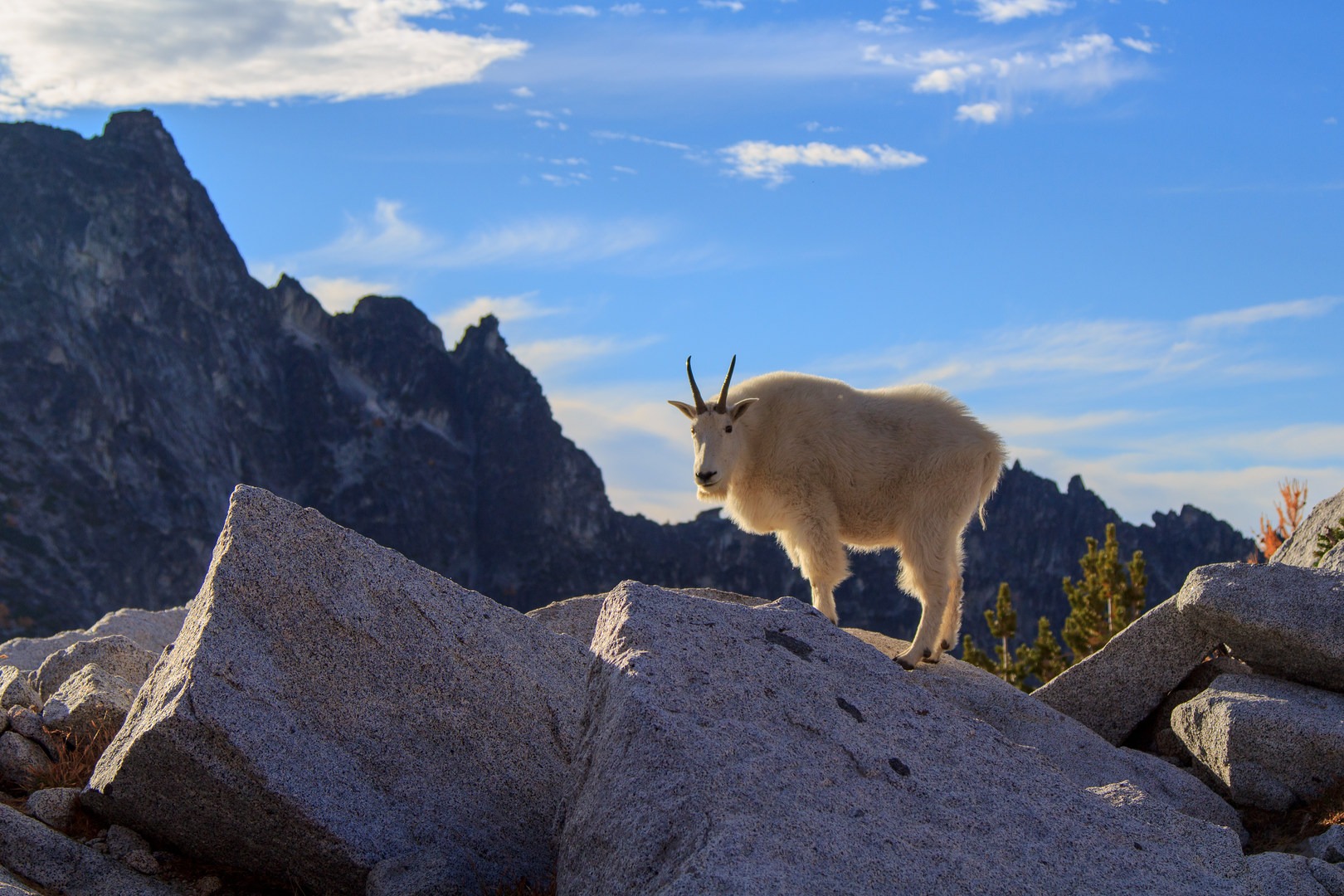
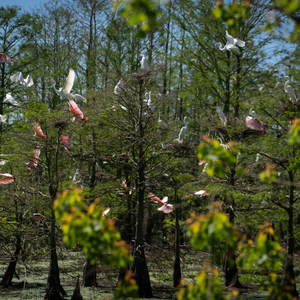
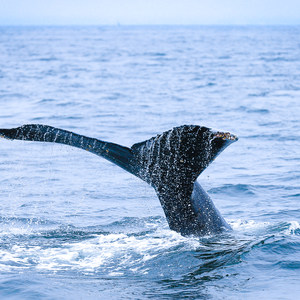
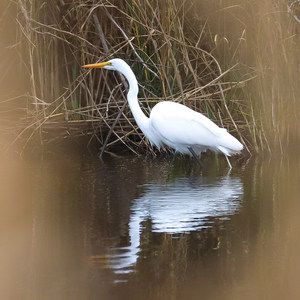
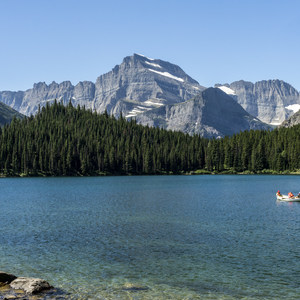
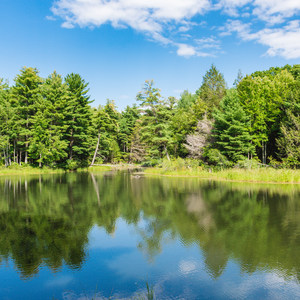
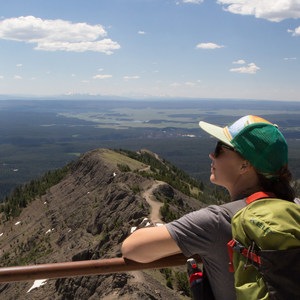
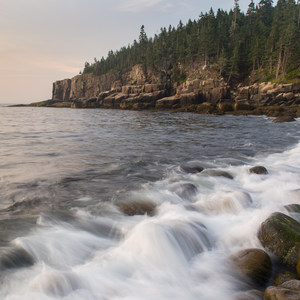
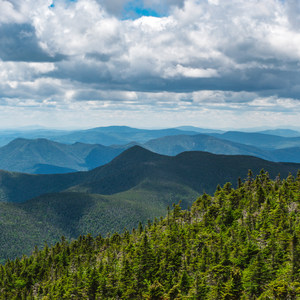



Comments
To view wildlife, the dog has to be left in the car or at home. Dogs and wildlife do not mix. I know this seems like common sense but I've interacted with too many people who don't get it. Wilderness is an off leash dog park to them.
Sign In and share them.